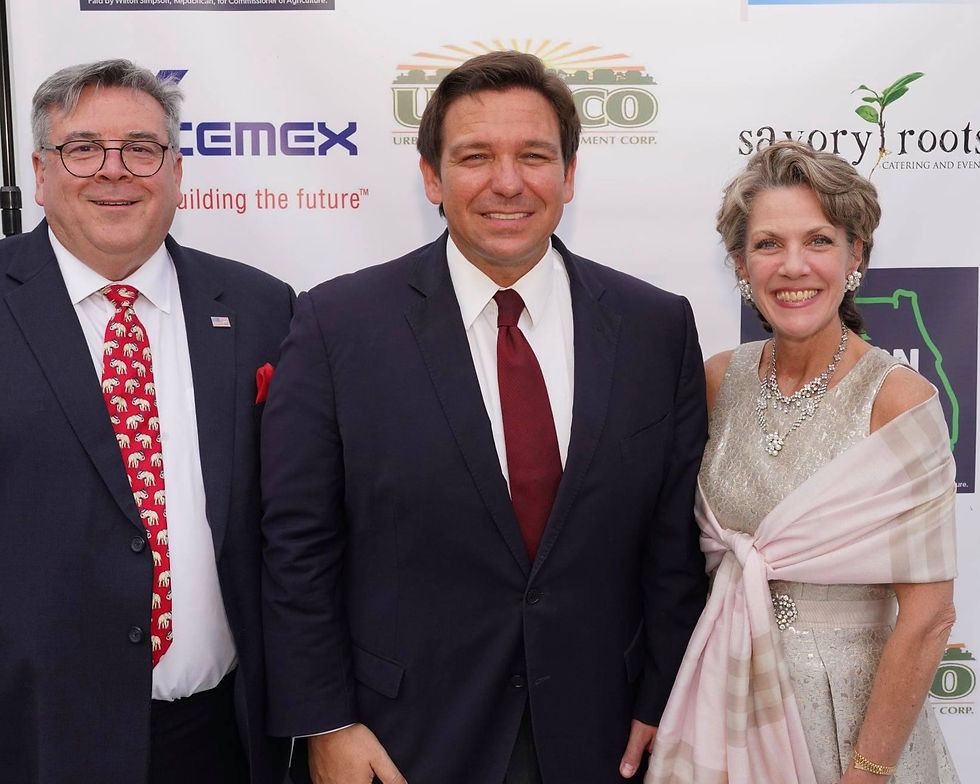Why The MIddle Class is Disappearing
- The Chairman

- Nov 20, 2023
- 2 min read

Title: "Why The Middle Class Is Disappearing"
In today’s rapidly evolving economic landscape, the gradual erosion of the middle class presents a critical issue worthy of in-depth exploration. The assertion that our economic system disproportionately favors the wealthy, at the expense of others, is a contentious yet vital topic. This phenomenon is not simply a matter of conjecture; it is rooted in tangible trends and measurable data.
A startling revelation in this discourse is the disparity between income growth and inflation. In the 1970s, a single income sufficed for most American households. Fast forward to 2023, and the necessity for dual-income households has become the norm, not by choice but out of necessity. This shift highlights a critical imbalance: while household incomes have ostensibly increased by around 600% since the 1970s, this figure masks the reality that it now takes two incomes to achieve what one did previously.
The role of inflation in this dynamic cannot be overstated. A dollar today does not possess the same buying power as it did in 1973, a decline precipitated largely by monetary policies and governmental spending habits. The United States’ national debt, for example, has skyrocketed far beyond the bounds of normal inflationary growth, signaling a systemic issue in fiscal management.
The Federal Reserve Bank, with its unique authority to print money, plays a pivotal role in this scenario. The severing of the dollar’s link to the gold standard in 1971 gave unprecedented flexibility in monetary policy but also introduced new complexities. The resultant capacity for the government to spend beyond its means has had far-reaching implications, notably inflation.
This situation creates a dichotomy between those who understand the economic system and those who do not. Financial education emerges as a crucial tool for navigating and potentially benefiting from this system. However, the reality is that the majority of individuals are left vulnerable to these economic shifts, often without adequate knowledge or resources to adapt effectively.
The implications of this are profound. As costs outpace wages, and the government continues its hefty spending, the likelihood of sustained inflation remains high. This ongoing scenario poses a significant threat to the middle class, already beleaguered by rising living costs and stagnant real wages.
But there is a glimmer of hope in this seemingly bleak picture. Financial literacy and investment, accessible more than ever through platforms like the stock market, present opportunities for individuals to claim a stake in the economic system. By transitioning from mere consumers to savvy investors, people can begin to navigate these turbulent economic waters more effectively.
This discussion raises critical questions about the sustainability of our current economic model and the societal consequences of a dwindling middle class. It underscores the necessity for more inclusive economic policies and a greater emphasis on financial education to empower individuals.
As we ponder the future of our economy and society, the disappearance of the middle class is not just an economic issue; it is a clarion call for systemic change and greater financial empowerment for all.



































Comments